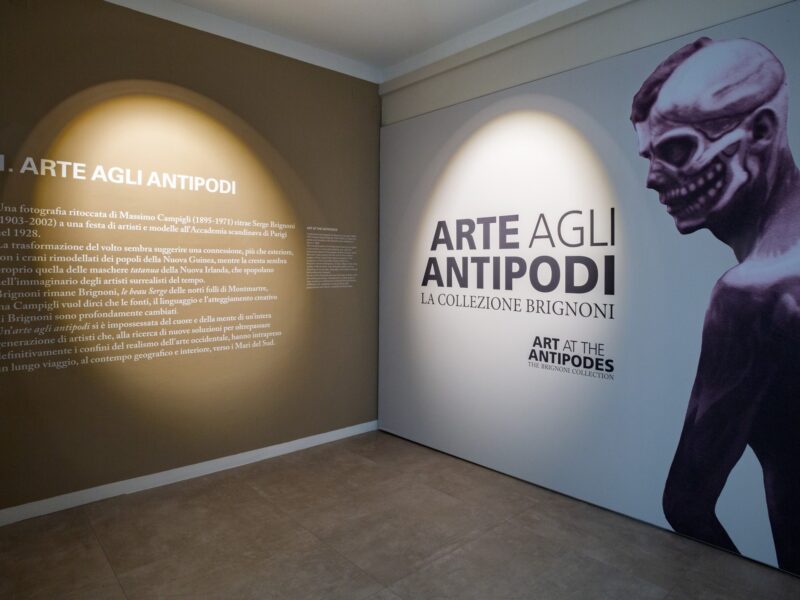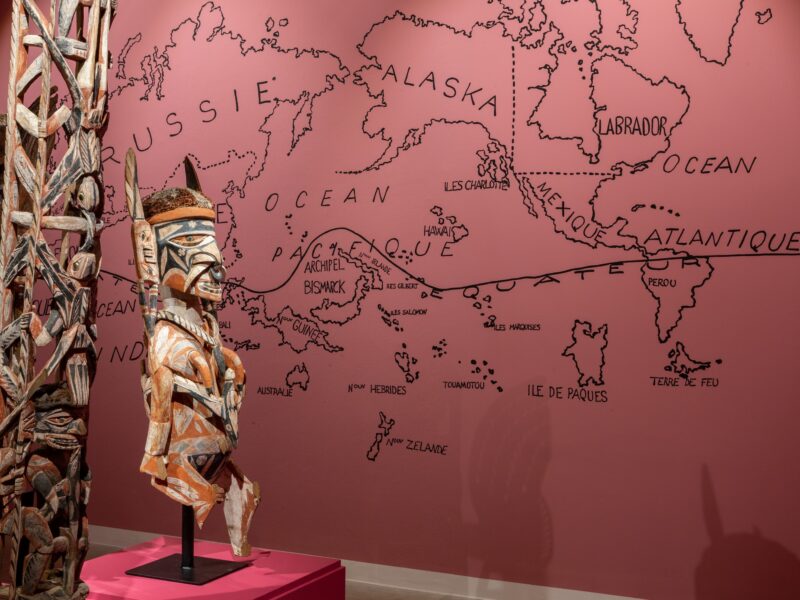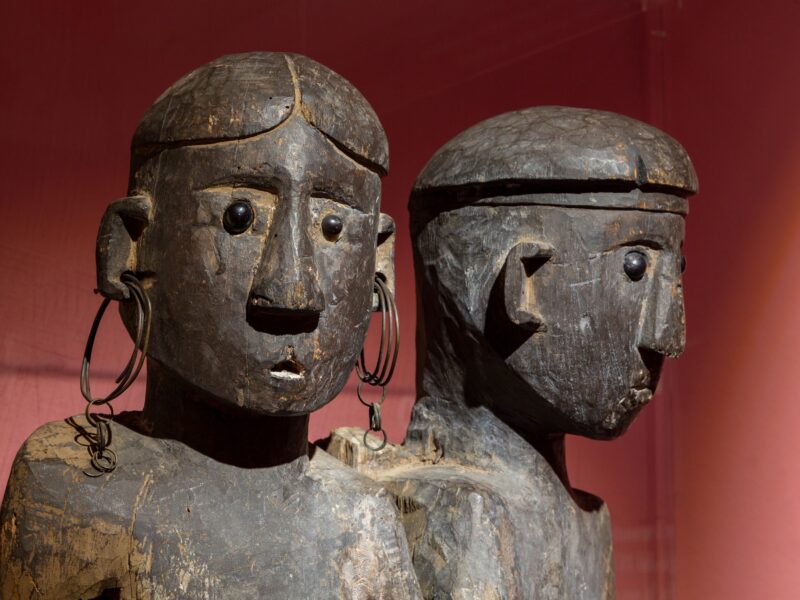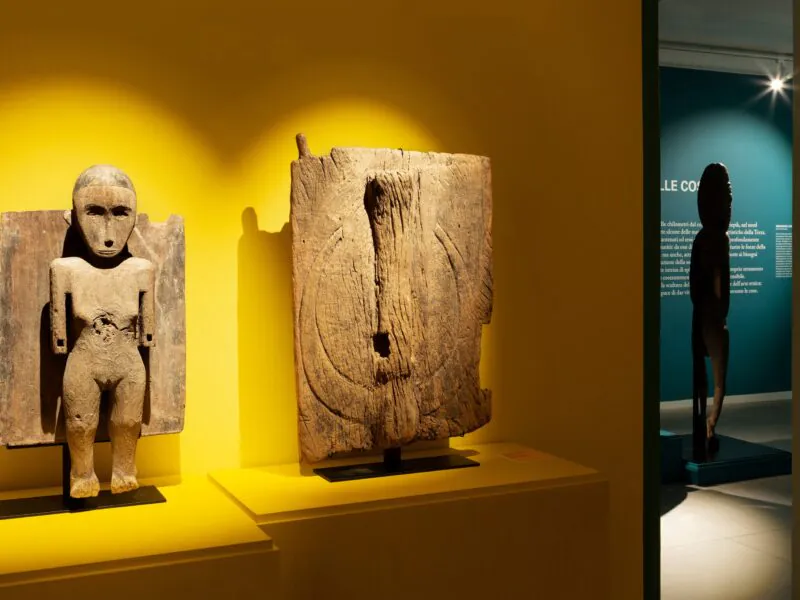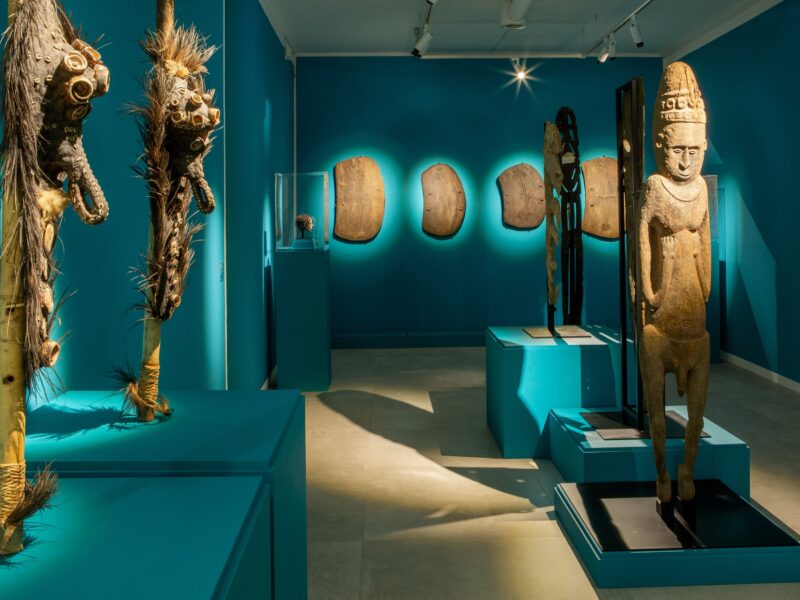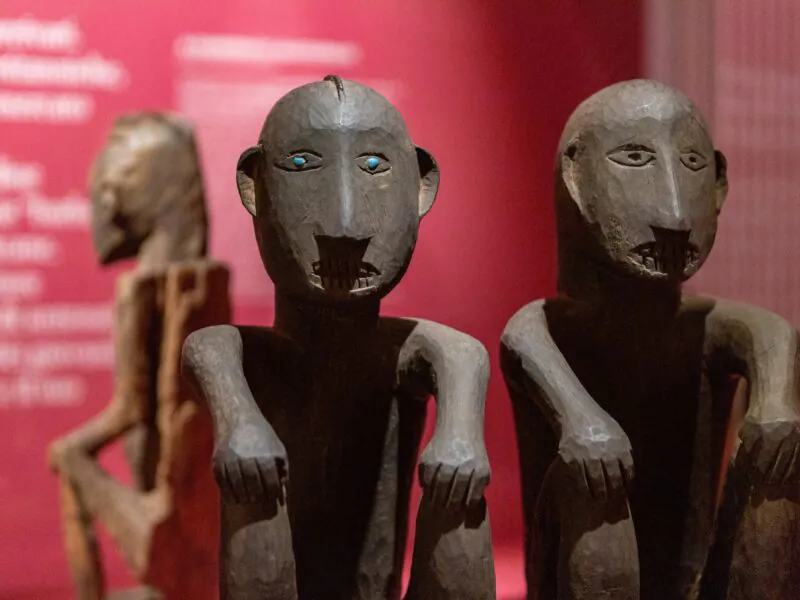“Art at the Antipodes” is the first exhibition dedicated to the Brignoni Collection at the MUSEC, Villa Malpensata: a selection of 73 of the 650 works that Swiss artist and collector Serge Brignoni (1903 – 2002) donated to the City of Lugano, leading to the foundation of the Museo delle Culture (MUSEC).
The exhibition, curated by MUSEC director Francesco Paolo Campione, proposes a journey through the art of South-East Asia and Oceania, focusing on the influence of ethnic art on the 20th century avant-garde and, more generally, on contemporary art. For those artists who were in Paris between 1895 and 1945 reinventing art, ethnic art was indeed an art of great interest: at the antipodes not only in a geographical sense, but also with respect to what Western art had become in the late 1800s, stretched between realism and symbolism. Ethnic works – which artists discovered by visiting ethnographic museums – were mysterious, dreamlike objects, full of secrets, from distant civilisations; above all, they responded to the search for something totally new, for “surreality”, that served as starting point to refound art. The avant-garde artists thus found their nourishment in ethnic art; by feeding on it, they transformed Western art.

Serge Brignoni was a protagonist of this historical phase. What ignited his curiosity was his first visit to the Bernisches Historisches Museum at the age of 8, from which he developed a visceral passion for ethnic arts fuelled by frequent visits to ethnographic museums, and then by the purchase and exchange of numerous works. The vast collection built over the years is characterised by a surrealist vision: Brignoni in fact recognised the original creative power of the works. Furthermore, Brignoni valued not so much the work in its singularity, but in its belonging to an evolving artistic genre; in opposition to Western individualism that insists on individual artists and individual works, ethnic art is communitarian in that it expresses an entire civilisation and genre of art.
The exhibition opens with an evocation of the museum space where Brignoni’s first encounter with ethnic art took place. Among the 73 works – from New Ireland, New Guinea, Borneo, the Gulf of Papua, New Caledonia, Sulawesi, Nagaland, Bali – several are exhibited for the first time, some of them from a selection that Brignoni had destined for the Kunstmuseum in Bern and that the Kunstmuseum ceded to the MUSEC in 2018. An itinerary that reveals the rich cultures of the South Seas, amid surrealism, dreams, esotericism, but also mythologies of the origins. The visit is accompanied by the notes of “Gymnopédie No.1” by Erik Satie, pianist and composer who participated in the creative ferment of the artistic avant-garde in Paris in the early 1900s.
“Art at the Antipodes” is at the MUSEC from 10.02 to 01.10.
More information: musec.ch
